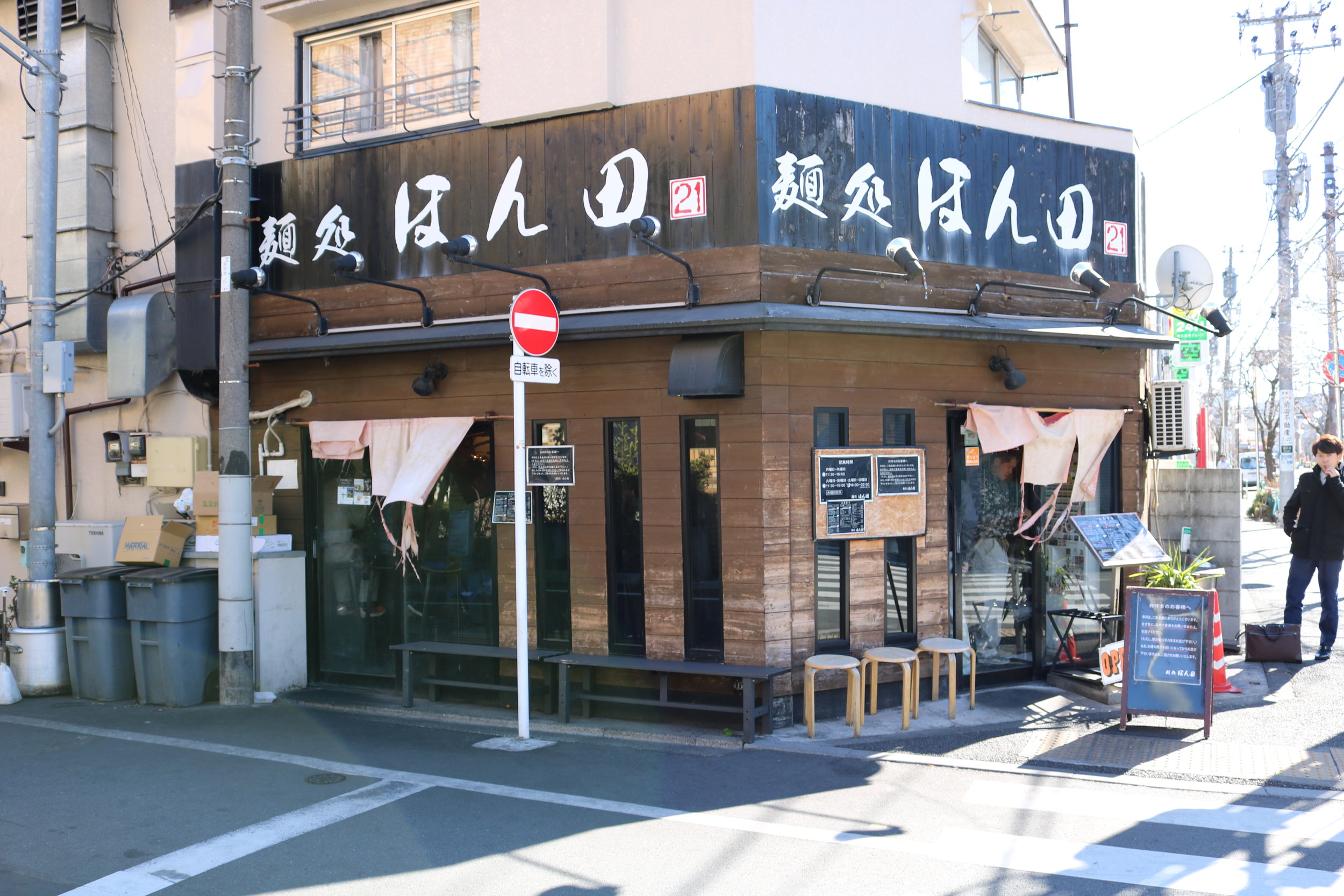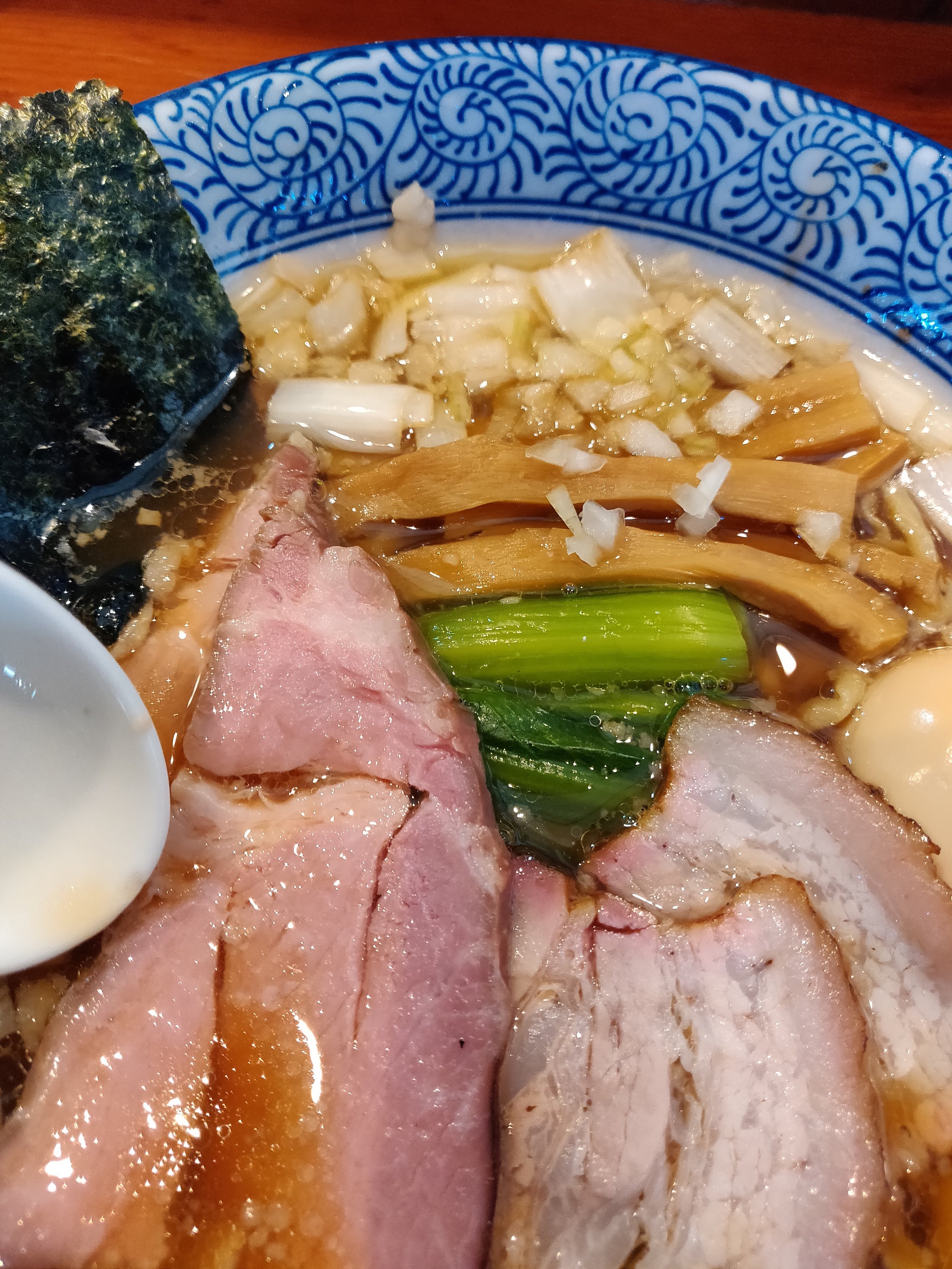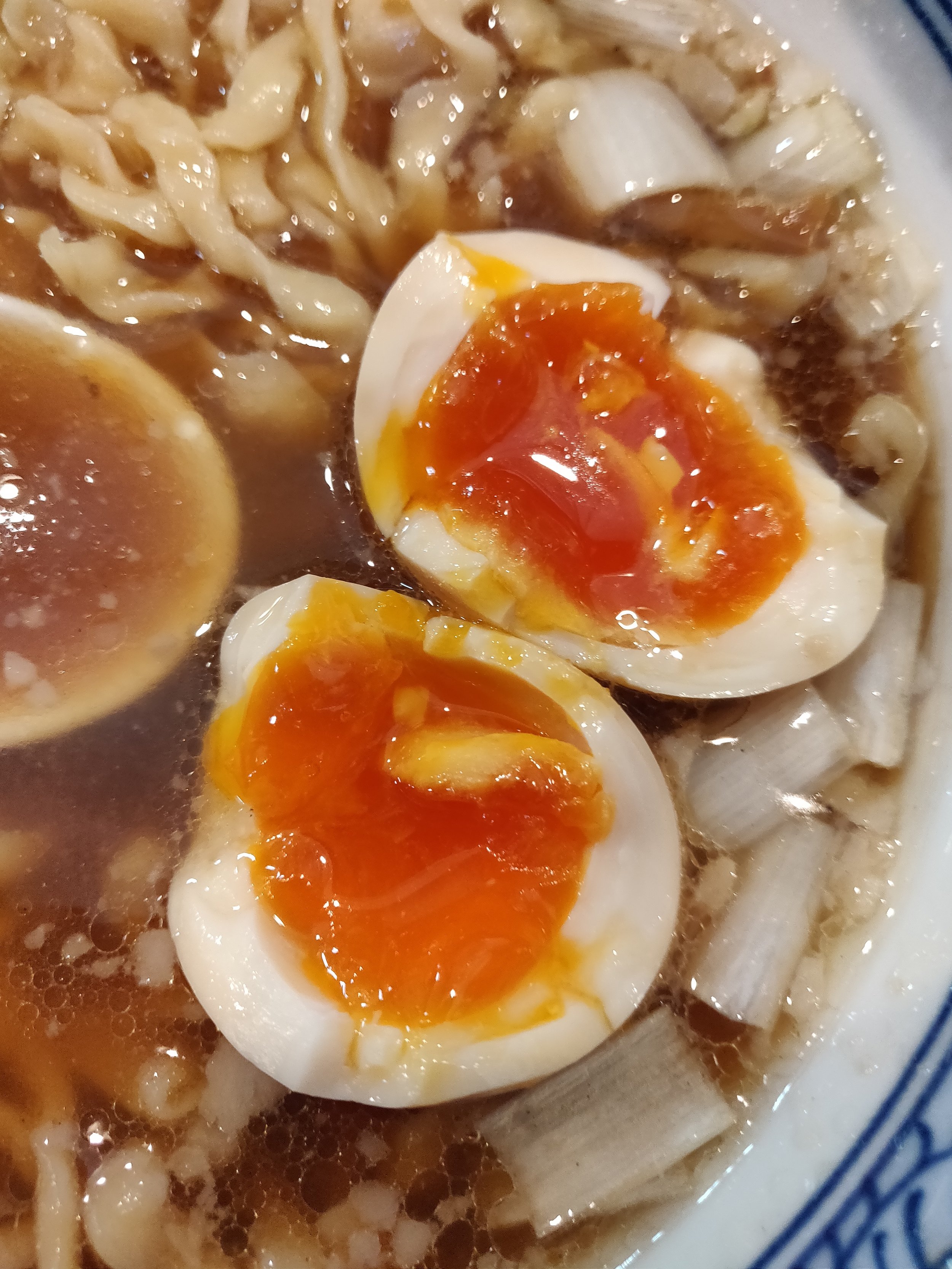Mendokoro Honda (麺処ほん田); Legendary Kita-ku Ramen, Higashi Jujo Station, Shoyu Ramen Review
*New location in Akihabara. Review here!
Kita-ku, a city in northern Tokyo, has generally been a hot spot for a number of top ramen restaurants in Tokyo. Three ramen shops reign supreme here with Chuka Soba-ya Ito, Sansanto, and Mendokoro Hondo being in operation for a little over a decade each winning awards in their respective ramen categories along the way. A pioneer for a lot of the shoyu ramen shops that you see now in Tokyo is Mendokoro Honda, which popularized a unique style of noodles many have attempted to emulate. Without Honda popularizing their noodles, the landscape of shoyu ramen shops would look very different to what it is now. Don’t be fooled though, Honda isn’t just a shoyu ramen shop, serving a variety of ramen styles and winning awards for each. If you want to try one of the best, most established ramen shops in Tokyo, make your way to Higashi Jujo and have a taste of a couple of their bowls.
I could write an entire book if I tried to review every one of Honda’s ramen so this review will be strictly focused on their famous Shoyu Ramen. To get to Mendokoro Honda, you can either go to Jujo or Higashi Jujo station. Jujo is a bit more of a walk, but an easier train station to get to. After walking a bit west, you’ll be greeted with their huge sign above their wood exterior shop. Honda typically opens from 11:30 to 15:00 for lunch (closed Wednesdays), but will open up to thirty minutes early if a big enough line forms outside. Dinner hours are available only on Tuesday, Friday, Saturday, Sunday and their hours are 18:30-22:00. Again, they will open 30 minutes early if the lines are long enough. Once you arrive, even if you see a line outside, step in to the shop and purchase your ramen tickets at the machine. The bright red buttons are the Shoyu Ramen in different topping servings. From the left is regular Shoyu Ramen, Ajitama Shoyu Ramen (with egg), Char Siu Shoyu Ramen (extra pork slices), and Tokusei Shoyu Ramen (egg and extra pork, but not as many at the Char Siu option). I opted for the Tokusei, purchased the ticket, and took my place in the line.
When they were ready to seat me, I was asked which noodle type I wanted. They offer two options, a Temomi and regular. The temomi version is their specialty in which they make the noodles with a bit higher water content and massage the noodles before cooking which results in a unique texture. I opted for this Temomi version and I highly recommend you do the same if you order the Shoyu Ramen. Besides, it is what you came here for, isn’t it? Due to the massaging of the noodles, and their dedication to cooking each bowl individually to order, the ramen takes a bit of time, but enjoy the show of the chefs in action. After my wait, I was presented with the bowl pictured above. The Tokusei comes adorned with a slice of roast pork loin char siu, two pork belly char siu slices, blanched mustard leaves, a couple menma bamboo shoots, a few slices of dried seaweed, and a handful of chopped scallions. The soup is made with a chicken and pork fat broth, an incredible shoyu blend tare, and strained pork fat from the broth.
As I mentioned earlier, the noodles are the star attraction at Honda. Due to the nature of how they’re made, the noodles have a unique, flat, and wavy appearance to them. Each serving is massaged and tenderized before being thrown in to the hot water to cook. When massaged, the noodles take a shape individual to each bowl and will vary in texture depending on the bite. Some parts may have been flattened out more making it more tender, while others may have been stretched thin giving a nice chew. All that means though is that it keeps your mouth second guessing with each bite. As opposed to the straight, regular noodles, these Temomi versions will have subtle kinks and wrinkles that hold soup perfectly with each slurp. Also, because of the higher water content in these noodles, they have a more gentle chew and soaks up the soup a bit better. Mendokoro Honda and the restaurants in the Shichisai groups popularized this style and, due to their longevity, have taught many apprentices who have gone on to open shops that serve exactly this type of noodles. I have to give it to Honda for best in class, however, as I have yet to encounter a ramen shop that perfectly copied their noodles to a T. However, fair warning, I’m a big fan of chewier noodles, and the Shichisai group is a bit softer than the ones here at Honda. Those of you who are more inclined for the softer chew would probably like the Shichisai noodles more. Anyhow, definitely be sure to order their Temomi noodles on your first visit. It is their claim to fame and you definitely don’t want to miss out on it.
While the noodles are the star attraction, the soup is the Academy Award winning supporting actor. While not as famous as the noodles, the soup is fantastic and easily cracked my top three shoyu ramen list. The chicken broth might sound simple at first, but the addition of the pork fat bumps the soup to a new level. You first get the clean chicken broth flavor, but once the pork fat melts in your mouth, you get an instant, oily, explosion of flavor. The shoyu tare blend is a perfect pairing for the broth accentuating the chicken and pork fat flavors with its salty savoriness. A hint of black pepper rounds out the bowl giving it a nice spicy kick as well. Overall, the soup is quite clean and, while you’ll get the occasional pork fat that adds some oiliness, it’s still a refreshing bowl.
The toppings here shouldn’t be ignored either, as the pork char siu varieties are on point and the egg is cooked to a creamy finish. Char siu varieties makes it so you can enjoy both the meatiness of the pork loin and the fattiness of the pork belly, giving patrons a nice change of pace in between bites. The menma bamboo shoots, are a bit stringy, so you’ll have to take them whole, but not a problem given its size. The blanched mustard leaves and the chopped scallions give the bowl a nice refreshing kick, helping cleanse some of the fattiness of the pork belly and cleanse the palette from the pork fat of the soup.
Mendokoro Honda really outdid themselves with this incredible Shoyu Ramen, but they’ve won multiple awards for their Tsukemen as well. Not to worry, a review for their tsukemen is coming, so sit tight. Higashi Jujo is quite the distance from central Tokyo, but can be a quick train ride to Jujo from Shinjuku. The area is quite residential and you won’t see a lot of tourists or Japanese salarymen, so if you need a break from the hustle and bustle of Tokyo, make your way here and try their bowl. I can guarantee you won’t be disappointed with your trip.





